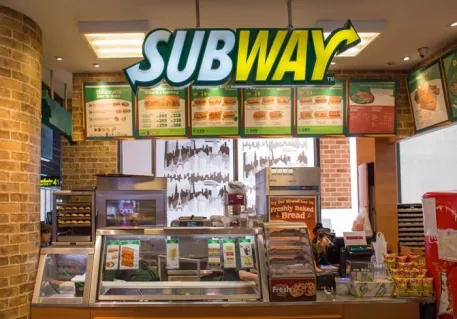meatthesavages.com – In the world of fast food, where burgers, fries, and sugary drinks dominate the menu, Subway emerged as a beacon of hope for health-conscious consumers. With its tagline “Eat Fresh,” Subway positioned itself as the fast-food chain that promised health, offering a menu that boasted lower fat and calorie options compared to its competitors. This article delves into the rise of Subway, its health-centric approach, and the challenges it faced in maintaining its promise to consumers.
The Rise of Subway: A Healthier Alternative
Subway’s journey began in 1965 when it opened its first restaurant in Bridgeport, Connecticut. However, it was in the 2000s that the brand truly took off, thanks to its marketing strategy centered around health and nutrition. Subway’s menu, featuring a variety of sandwiches made with vegetables, lean meats, and whole grain bread, seemed to offer a healthier alternative to the typical fast-food fare.
The Health Promise
Subway’s promise of health was most famously embodied by Jared Fogle, the “Subway Guy” who claimed to have lost a significant amount of weight by eating Subway sandwiches. Fogle’s story became a cornerstone of Subway’s marketing campaign, reinforcing the brand’s image as a healthier fast-food option. Subway also made efforts to cater to various dietary needs, introducing options like flatbread, salad bowls, and lower-calorie sauces.
Challenges and Criticisms
Despite its health-focused image, Subway faced scrutiny and criticism over the years. Concerns were raised about the nutritional value of its menu items, with some arguing that not all options were as healthy as advertised. The presence of high sodium levels and the use of preservatives in some ingredients drew criticism from nutrition experts.
Moreover, the brand’s reputation took a hit when Jared Fogle was convicted of child pornography charges and engaging in lewd and lascivious acts. This scandal tarnished Subway’s image and raised questions about its marketing strategies and the values it represented.
Adapting to Criticism
In response to the criticisms, Subway has made efforts to revamp its menu and improve its nutritional offerings. The chain has pledged to remove artificial colors, flavors, and preservatives from its food. It has also introduced more vegetables and healthier protein options, aiming to cater to the evolving tastes and health consciousness of its customers.
Conclusion
Subway’s promise of health in the fast-food industry was a bold move that resonated with many consumers. While the brand has faced its share of challenges and controversies, its commitment to offering healthier options remains a significant part of its identity. As the fast-food landscape continues to evolve, Subway’s ability to adapt and maintain its health promise will be key to its success.
